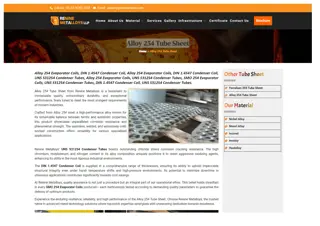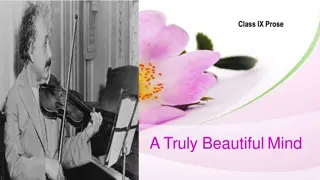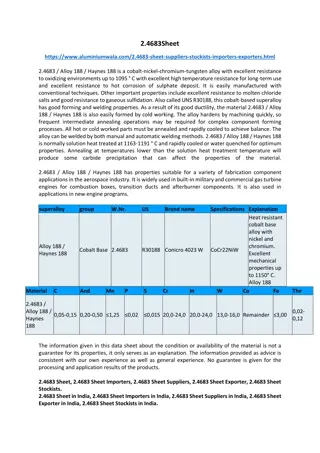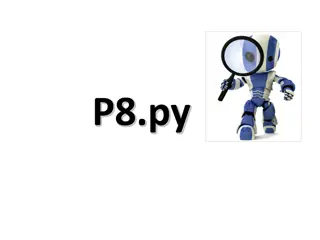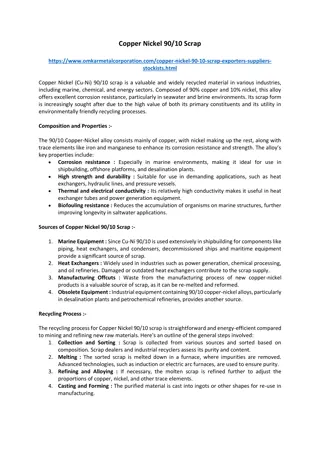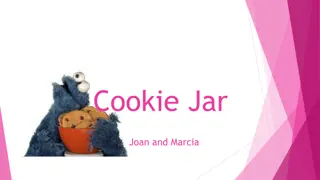
Solving the Einstein Puzzle Using Alloy: Constraints, Solution, and Modeling
Discover how Alloy was used to solve the challenging Einstein Puzzle, uncovering the unique constraints, providing a detailed solution, and modeling the system of houses with specific attributes for each resident.
Download Presentation

Please find below an Image/Link to download the presentation.
The content on the website is provided AS IS for your information and personal use only. It may not be sold, licensed, or shared on other websites without obtaining consent from the author. If you encounter any issues during the download, it is possible that the publisher has removed the file from their server.
You are allowed to download the files provided on this website for personal or commercial use, subject to the condition that they are used lawfully. All files are the property of their respective owners.
The content on the website is provided AS IS for your information and personal use only. It may not be sold, licensed, or shared on other websites without obtaining consent from the author.
E N D
Presentation Transcript
Using Alloy to Solve the Einstein Puzzle Roger L. Costello May 7, 2018
Einstein Puzzle The legend says that this problem was created by Albert Einstein in the last century and Einstein said that only 2% of the world could solve it.
Description of the problem There are five houses of different colors next to each other on the same road. In each house lives a man of a different nationality. Every man has his favorite drink, his favorite brand of cigarettes, and keeps pets of a particular kind.
Constraints 1. The Englishman lives in the red house. 2. The Swede keeps dogs. 3. The Dane drinks tea. 4. The green house is just to the left of the white one. 5. The owner of the green house drinks coffee. 6. The Pall Mall smoker keeps birds. 7. The owner of the yellow house smokes Dunhills. 8. The man in the center house drinks milk. 9. The Norwegian lives in the first house. 10. The Blend smoker has a neighbor who keeps cats. 11. The man who smokes Blue Masters drinks beer. 12. The man who keeps horses lives next to the Dunhill smoker. 13. The German smokes Prince. 14. The Norwegian lives next to the blue house. 15. The Blend smoker has a neighbor who drinks water.
Question Who has fish?
Solution I expressed the constraints in the Alloy language and then ran the Alloy Analyzer to find instances (solutions). One instance was found: House1 House2 House3 House4 House5 color: yellow nationality: Noregian drink: water cigarette: Dunhills pet: cat color: blue nationality: Dane drink: tea cigarette: Blend pet: horse color: red nationality: Englishman drink: milk cigarette: Pall_Mal pet: bird color: green nationality: German drink: coffee cigarette: Prince pet: fish color: white nationality: Swede drink: beer cigarette: Blue_Masters pet: dog You can see that it satisfies all the constraints. The answer to the question is: The German has fish (house #4).
Lets model this system First, there are a set of houses. Each house has a color. The resident has a nationality, a favorite drink, a favorite cigarette, and a pet. Here s how to express the set of houses: sig House { color: Color, nationality: Nationality, drink: Drink, cigarette: Cigarette, pet: Pet }
House are ordered The houses are ordered there is a first house, a second house, a last house. Use the ordering module to order the set of houses: open util/ordering[House]
Each house has a different color Create the set of colors that houses may have: enum Color { red, green, yellow, blue, white }
Each resident has a different nationality Create the set of nationalities: enum Nationality { Englishman, Swede, Dane, German, Norwegian }
Each resident has a different favorite drink Create the set of drinks: enum Drink { tea, coffee, milk, beer, water }
Each resident has a different brand of cigarettes Create the set of cigarette brands: enum Cigarette { Pall_Mall, Dunhills, Blend, Blue_Masters, Prince }
Each resident has a different pet Create the set of pets: enum Pet { dog, bird, horse, cat, fish }
There are five houses, each of a different color somedisj h1, h2, h3, h4, h5: House | h1.color = red and h2.color = green and h3.color = yellow and h4.color = blue and h5.color = white The keyword disj(disjoint) means that h1, h2, , h5 denote different houses. One house has the color red, another has the color green, etc. Note: this does not say that the first house has color red, the second house has color green, etc. It just says that some house has color red, some house has color green, etc.
The resident in each house is of a different nationality There is no occurrence of two different houses h and h , where the nationality of the resident in h is the same as the nationality of the resident in h : nodisj h,h': House | h.nationality = h'.nationality
1. The Englishman lives in the red house. That is, there is some house h such that the nationality of h s resident is Englishman and the color of h is red. some h: House | (h.nationality = Englishman) and (h.color = red) 2. The Swede keeps dogs. some h: House | (h.nationality = Swede) and (h.pet = dog) 3. The Dane drinks tea. some h: House | (h.nationality = Dane) and (h.drink = tea) 4. The green house is just to the left of the white one. That is, there are two houses h and h such that h is green, h is white, and h occurs before h (recall the houses are ordered). somedisj h, h': House | (h.color = green) and (h'.color = white) and (h'.prev = h) 5. The owner of the green house drinks coffee. some h: House | (h.color = green) and (h.drink = coffee)
6. The Pall Mall smoker keeps birds. some h: House | (h.cigarette = Pall_Mall) and (h.pet = bird) 7. The owner of the yellow house smokes Dunhills. some h: House | (h.color = yellow) and (h.cigarette = Dunhills) 8. The man in the center house drinks milk. For a house to be in the center there must be some house two houses to the left and two houses to the right, i.e., prev.prev and next.next some h: House | (some h.prev.prev) and (some h.next.next) and (h.drink = milk) 9. The Norwegian lives in the first house. some h: House | (h = first) and (h.nationality = Norwegian) 10. The Blend smoker has a neighbor who keeps cats. There are two houses h and h such that the brand of cigarette preferred by the resident in h is Blend, and the resident in h has a cat and h is either one house to the left or one house to the right. somedisj h, h': House | (h.cigarette = Blend) and (h'.pet = cat) and ((h.prev = h') or (h.next = h'))
11. The man who smokes Blue Masters drinks beer. some h: House | (h.cigarette = Blue_Masters) and (h.drink = beer) 12. The man who keeps horses lives next to the Dunhill smoker. somedisj h, h': House | (h.pet = horse) and (h'.cigarette = Dunhills) and ((h.next = h') or (h.prev = h')) 13. The German smokes Prince. some h: House | (h.nationality = German) and (h.cigarette = Prince) 14. The Norwegian lives next to the blue house. From constraint #9 we know that the Norwegian lives in the first house. So, the blue house must be to the right of the Norwegian house. somedisj h, h': House | (h.nationality = Norwegian) and (h'.color= blue) and (h.next = h') 15. The Blend smoker has a neighbor who drinks water. somedisj h, h': House | (h.cigarette = Blend) and (h'.drink = water) and ((h.next = h') or (h.prev = h'))
open util/ordering[House] sig House { color: Color, nationality: Nationality, drink: Drink, cigarette: Cigarette, pet: Pet } enum Color { red, green, yellow, blue, white } enum Nationality { Englishman, Swede, Dane, German, Norwegian } enum Drink { tea, coffee, milk, beer, water } enum Cigarette { Pall_Mall, Dunhills, Blend, Blue_Masters, Prince } enum Pet { dog, bird, horse, cat, fish } fact constraints { // There are five houses, each of a different color. somedisj h1, h2, h3, h4, h5: House | h1.color = red and h2.color = green and h3.color = yellow and h4.color = blue and h5.color = white // In each house lives a man of a different nationality. nodisj h,h': House | h.nationality = h'.nationality // 1. The Englishman lives in the red house. some h: House | (h.nationality = Englishman) and (h.color = red) // 2. The Swede keeps dogs. some h: House | (h.nationality = Swede) and (h.pet = dog) // 3. The Dane drinks tea. some h: House | (h.nationality = Dane) and (h.drink = tea) // 4. The green house is just to the left of the white one. some disj h, h': House | (h.color = green) and (h'.color = white) and (h'.prev = h) // 5. The owner of the green house drinks coffee. some h: House | (h.color = green) and (h.drink = coffee) // 6. The Pall Mall smoker keeps birds. some h: House | (h.cigarette = Pall_Mall) and (h.pet = bird) // 7. The owner of the yellow house smokes Dunhills. some h: House | (h.color = yellow) and (h.cigarette = Dunhills) // 8. The man in the center house drinks milk. some h: House | (some h.prev.prev) and (some h.next.next) and (h.drink = milk) // 9. The Norwegian lives in the first house. some h: House | (h = first) and (h.nationality = Norwegian) // 10. The Blend smoker has a neighbor who keeps cats. some disj h,h': House | (h.cigarette = Blend) and (h'.pet = cat) and ((h.prev = h') or (h.next = h')) // 11. The man who smokes Blue Masters drinks beer. some h: House | (h.cigarette = Blue_Masters) and (h.drink = beer) // 12. The man who keeps horses lives next to the Dunhill smoker. some disj h,h': House | (h.pet = horse) and (h'.cigarette = Dunhills) and ((h.next = h') or (h.prev = h')) // 13. The German smokes Prince. some h: House | (h.nationality = German) and (h.cigarette = Prince) // 14. The Norwegian lives next to the blue house. some disj h,h': House | (h.nationality = Norwegian) and (h'.color= blue) and (h.next = h') // 15. The Blend smoker has a neighbor who drinks water. some disj h,h': House | (h.cigarette = Blend) and (h'.drink = water) and ((h.next = h') or (h.prev = h')) } Do Lab2 run {} for 5





